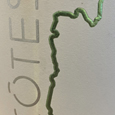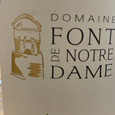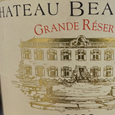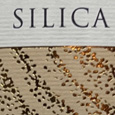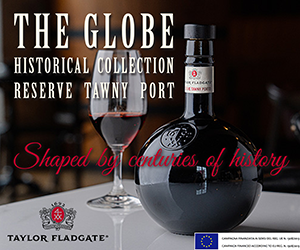The vineyards of France’s Rhone Valley have a 2000 year old history, reaching back to the ancient Greeks.
The vinous tradition has survived and thrived up to present day, with vineyards stretching 250 km from Lyon in the north, south to the Mediterranean Sea, encompassing 418 communes and winding along the mighty Rhône River. Divided between the heralded, prestigious north, and the generous, garrigue-scented and limestone studded south, the wines have fully rooted themselves in the world of wine. Vignerons and sommeliers the world over have grown up studying the legendary wines of Côte-Rôtie, Hermitage, Châteauneuf-du-Pape, and other Crus, as well as the humble, characterful Côtes du Rhône blends that fill the Southern Rhône.

AOC Pyramid
It's these Côtes du Rhône wines that make up the base of the AOC hierarchy, delineated since 1937. There are 171 villages of AOC CdR stretching across 30,000 hectares, and comprising 49% of all Rhône Valley wines (and 65% of all wines in the pyramid). Above that, we have AOC Côtes du Rhône Villages, established in 1966. This recognized that certain villages (95 in total) produce superior wines, due to their situation and soils. Above this lays AOC Côtes du Rhône Villages Nommés, or Côtes du Rhône Village with a geographical name (kind of an English mouthful). There are now 22 superior villages that have officially earned the right to append their village name to CdRV, such as AOC Côtes du Rhône Villages Nyons, elevated in 2020. Atop the pyramid, you have the 17 Cru of the Rhône, including the iconic AOCs mentioned above, plus 2 Vins Doux Naturel of Beaumes de Venise and Rasteau.

Soils
There are four main soil types stretching across the Rhône Valley, playing an essential role in how water interacts with and reaches the vines:
Granite – concentrated in the north, yielding wines of great structure and intensity
Limestone – concentrated in the south, the result of repeated floodings by the Mediterranean Sea, yielding wines of tight, shimmering acidity
Sand – concentrated in the south, the result of a shifting Rhône River bed, and yielding lighter, softer tannin, fruity wines
Clay – found in the North and South, responsible for powerful wines with considerable body and heft.
Stones of various sizes are found across the North and South, created from fluvial terraces, alluvial fans, mountainous scree, and wind blown loess. These range from small gravels to the large galets roulé (see top photo), predominantly quartzite, that litter most vineyards. These ‘rolled pebbles’ protect the vines from fierce winds and erosion, reflect and retain sunlight and warmth to the vines, and provide drainage for roots.
Growing Green
The Mediterranean sunshine is matched by the cleansing Mistral, a strong, cold and dry wind that roars down from the north along the lower Rhône River valley toward the Mediterranean Sea. With speeds of 90km / hour, the winds quickly push through cloud cover, and dry the vines, aiding to keep mildew and other disease pressure at bay. It’s a main factor for the Rhône’s strong uptake of organic and biodynamic viticulture. In 2020, certified organic wines made up 13% of hectares planted (19% for Côtes du Rhône Villages Nommés).
Whites on the Rise
While the Rhône is distinctly associated with red wines, the white wines are clearly on the rise. In 2021 white made up 10% of all plantings in the Rhône, and gaining ground year over year. With climate change a reality, many terroirs that used to be deemed too cool to ripen whites are now in focus. Limestone soils, altitude, fresh air, sunshine = white wine friendly. The consistently high quality of the white wines were a highlight when I visited the Rhône in late fall 2022, and the wines I’ll be keeping an eye for.
Here are recently tasted Côtes du Rhône in Canada, organized by AOC pyramid:

 quicksearch
quicksearch











